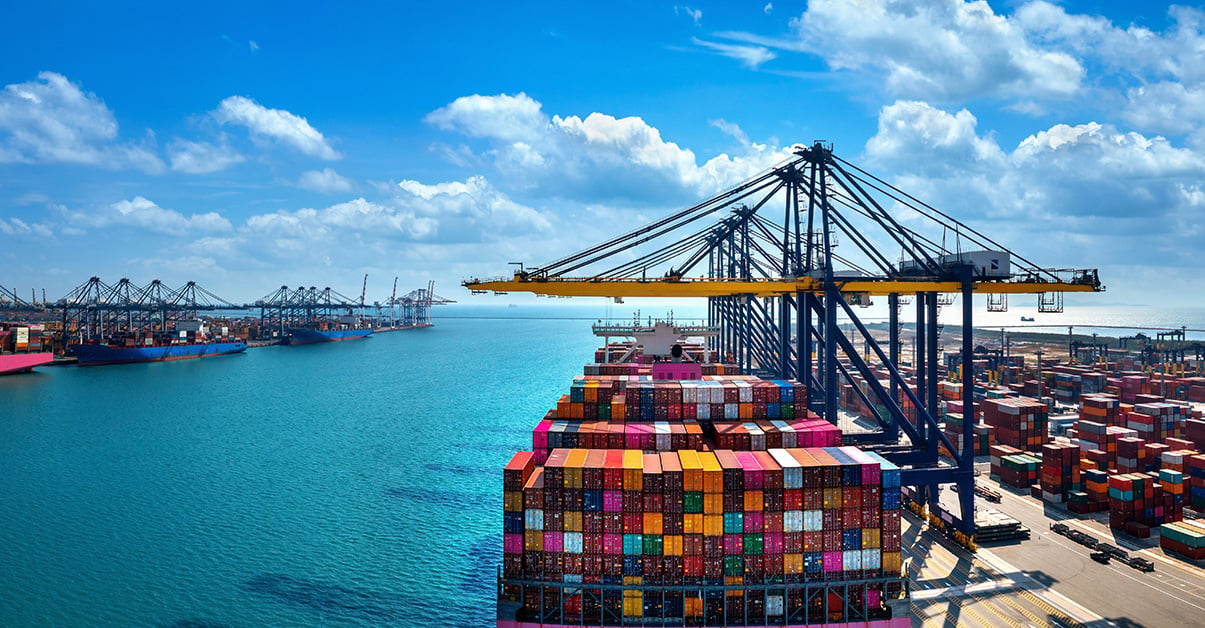Keep it simple. If there is one piece of advice I give when it comes to reducing Scope 3 emissions, that would be it. Scale it down, begin slowly, and build momentum as you gradually engage more suppliers in your climate efforts.
Engagement is a crucial element. According to CDP, the non-profit running the global system that most companies use to disclose emissions, corporate businesses can create “a cascade of action” down their supply chain. By using their influence over value chain partners and simplifying processes, companies can unlock significant gains for their suppliers and for themselves.
Getting started is, unsurprisingly, the trickiest bit. To help you out, here’s a list of steps to get off the mark in the race to reduce Scope 3 emissions as you strive to reach net zero. Keep in mind that every company is unique and faces particular challenges. So, use this guide wisely. And if you need more help, we are always here to give you a hand.
1) Map your suppliers’ energy consumption
The first and perhaps most painstaking part of Scope 3 decarbonisation is knowing where your emissions come from. To do this, you need a thorough study of your supply chain. We call it a materiality assessment. This evaluation will allow you to pinpoint your emissions sources and where your suppliers’ energy consumption is located.
The better you understand your emissions, the easier it is to act. However, often action cannot wait on full understanding. So, evaluate your emissions and start taking steps to reduce them as you get a firmer grasp on your supply chain.
2) Define a group of priority suppliers
Take the data you retrieved in your materiality assessment and select suppliers that will make it easy for you to get some quick or significant wins.
Some things to consider are:
- Which suppliers have the highest emissions?
The largest polluters are also the most likely to deliver fast results. - Which emissions are the easiest to tackle?
Energy-related emissions are relatively simple to address. - What suppliers do you have the best relationship with?
When trying to engage your value chain partners, partners’ willingness to participate in your Scope 3 goals can be vital. - Are you a big client?
The bigger you are, the better the odds suppliers will comply with your emissions requirements. - Can you act on their behalf?
Depending on your relationship with suppliers, you can often purchase and allocate renewable electricity volumes to cover energy consumption specific to the products you buy from them.

3) Set targets
Time to set goals. Most companies striving for a net-zero supply chain will aim to have their objectives validated by the Science Based Targets initiative (SBTi). In fact, if more than 40% of your total emissions are in your supply chain, the SBTi requires you to set a target for Scope 3 to reach net zero.
That, however, can take time. Meanwhile, you and an advisor can establish renewable energy expectations for the supplier group you defined in the previous step and compel them to act.
Always remember to communicate your goals clearly and make them explicit from the outset. Be assertive, too. Your requirements should be an obligation or at least a firm expectation, as nice-to-have requests will rarely result in a meaningful shift.
4) Maintain constant communication
Providing timely and regular feedback is essential as you progress. So, stay in touch with your partners. Track their results, identify bottlenecks and challenges, and make sure they understand that decarbonisation is an ongoing task. Sustained action is essential to having a lasting impact.
5) Simplify the task, offer support, and expand your efforts
While presenting firm expectations for your suppliers is important, it is crucial to make it as simple as possible for them to comply. Some tools can help you provide technical support for your partners and enable them to take action.
Ecohz developed a Supply Chain Portal that streamlines the procurement of documented renewable energy for your suppliers. This easy-to-use platform gives them easy access to documented renewable electricity and allows you to monitor their progress towards your targets. Meanwhile, it creates a channel for constant feedback and lets you to visualise your entire supply chain’s energy requirements.
Moreover, Ecohz becomes your partner for supply chain decarbonisation. Our experts provide advice at any point in the process and organise webinars, calls with procurement teams, and more upskilling activities. In other words, we help you build an internal structure that improves cooperation and facilitates the transition towards renewable energy throughout your Scope 3.
As CDP emphasises, engagement is essential. And the most effective to achieve it is to make things as simple as possible for yourself and your suppliers. So, start small and build your efforts. Once that snowball starts rolling, having a net-zero supply chain will be well within reach.


.png?width=3840&height=2560&name=Sun(1).png)

.png?width=3840&height=2560&name=Landscape_2(1).png)





